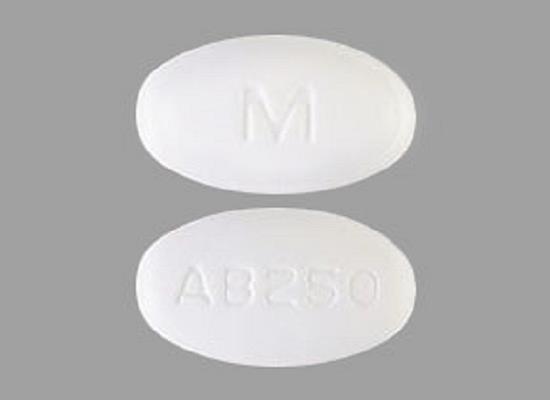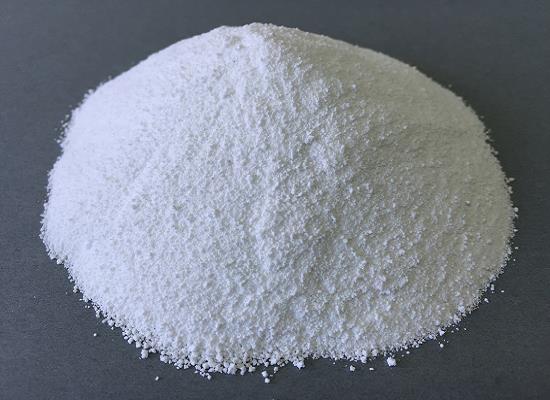What are the uses and toxicity of Methylcyclopentadienyl manganese tricarbonyl
Sep 4,2023
Description
Methylcyclopentadienyl manganese tricarbonyl (MMT) is a pleasant-smelling orange liquid with a faint vanilla flavor. It has the formula C9H7MnO35* and is slightly soluble in water and denser than water. Because it is highly toxic, inhalation, ingestion, or skin absorption can cause poisoning. Therefore, it needs to be stored separately from food raw materials. It is combustible and breaks down toxic manganese oxide fumes in the field. At present, a large number of studies on its toxicity have been published.
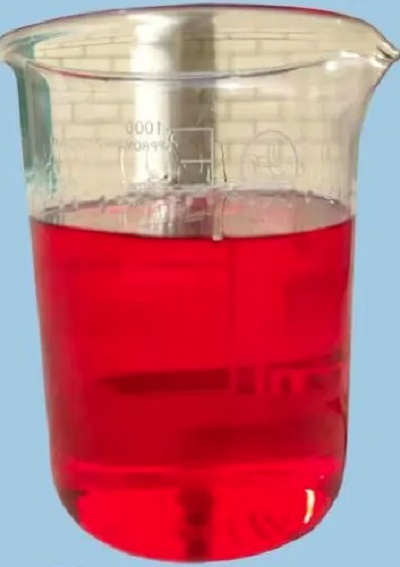
Uses
Methylcyclopentadienyl manganese tricarbonyl is an organomanganese compound that is used as an octane enhancer for gasoline and other fuels. It was originally used as a supplement to leaded gasoline and later for unleaded gasoline with an increased octane rating[1]. Methylcyclopentadienyltricarbonylmanganese can be used to dope ZnSe nanocrystals or as a raw material to participate in a variety of chemical reactions.
Toxicity and hazard
Since the combustion of MMT in gasoline produces MnPO4 and the formation of MnSO4, MMT is considered the latest source of inorganic manganese in high-traffic areas of cities[2]. Manganese can be a nerve poison at sufficiently high exposure levels that may cause irreversible neurotoxicity or other adverse health effects. MMT may produce alveolar inflammation and bronchiolar cell injury. Komura et al. found that norepinephrine levels in the cerebellum-fed MMT-containing feed were significantly increased and correlated with manganese concentrations. Manganese concentration in the cerebellum in the MMT-exposed group increased significantly compared to the control group and the MnCl2 exposure group[3]. Zhu et al. found that exposure to a certain dose of MMT and MnCl2 led to slower weight gain in female rats and structural changes in the substantia nigra dense region (SNpc), so exposure to MMT led to ultrastructural changes in SNpc neurons, ultimately leading to changes in motor behavior and cognition. Studies have found that the toxic effect of MMT was inhibited by quercetin, an antioxidant flavonoid[4].
References
[1] Halatek T, et al. Pulmonary response to methylcyclopentadienyl manganese tricarbonyl treatment in rats: injury and repair evaluation.Histology and Histopathology, 2006; 21: 1181-1192.
[2] Pfeifer G, et al.Health and environmental testing of manganese exhaust products from use of methylcyclopentadienyl manganese tricarbonyl in gasoline. Science of the Total Environment, 2004; 334-335: ;397-408.
[3] Zhu Q, et al. Methylcyclopentadienyl Manganese Tricarbonyl Alter Behavior and Cause Ultrastructural Changes in the Substantia Nigra of Rats: Comparison with Inorganic Manganese Chloride. Neurochemical Research, 2022; 47: 2198–2210.
[4] Komura J, et al. Chronic oral administration of methylcyclopentadienyl manganese tricarbonyl altered brain biogenic amines in the mouse: comparison with inorganic manganese. Toxicology Letters, 1994; 73: 65-73.
- Related articles
- Related Qustion
- Is methylcyclopentadienyl manganese tricarbonyl toxic to humans? Jan 17, 2025
Yes. Methylcyclopentadienyl manganese tricarbonyl (MMT) is an organomanganese compound antiknock agent used as an octane improver for unleaded gasoline.
- Methylcyclopentadienyl Manganese Tricarbonyl: Plant Uptake, Effects on Metabolism and Neurotoxic Effects Feb 23, 2024
Methylcyclopentadienyl manganese tricarbonyl in gasoline leads to plant manganese uptake, affecting metabolism and causing neurotoxic effects in mice, necessitating further research.
- Methylcyclopentadienyl manganese tricarbonyl: properties, applications and environmental hazards Nov 29, 2023
Methylcyclopentadienyl Manganese Tricarbonyl is a fuel additive enhancing combustion efficiency and reducing emissions, yet concerns exist about its potential health and environmental impacts.
Abiraterone inhibits androgen synthesis via CYP17A to treat mCRPC. Coadministered with prednisone, it improves survival outcomes. Side effects include fatigue and changes in libido.....
Sep 4,2023APISodium polyphosphate exhibits phase separation and can form coacervates. These coacervates have unique properties and find applications in biomaterials, tissue engineering and drug delivery.....
Sep 5,2023APIMethylcyclopentadienyl manganese tricarbonyl
12108-13-3You may like
Methylcyclopentadienyl manganese tricarbonyl manufacturers
- METHYLCYCLOPENTADIENYLMANGANESE TRICARBONYL
-
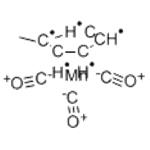
- 2025-12-18
- CAS:12108-13-3
- Min. Order:
- Purity: 0.99
- Supply Ability:
- Methylcyclopentadienylmanganese tricarbonyl
-
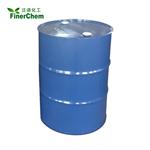
- $1.00 / 200KG
- 2025-12-18
- CAS:12108-13-3
- Min. Order: 1KG
- Purity: 99%
- Supply Ability: 1000mt/year
- Methylcyclopentadienyl manganese tricarbonyl
-

- $99.00/ kg
- 2025-12-16
- CAS:12108-13-3
- Min. Order: 0.00100000kg
- Purity: 99%
- Supply Ability: 5000




